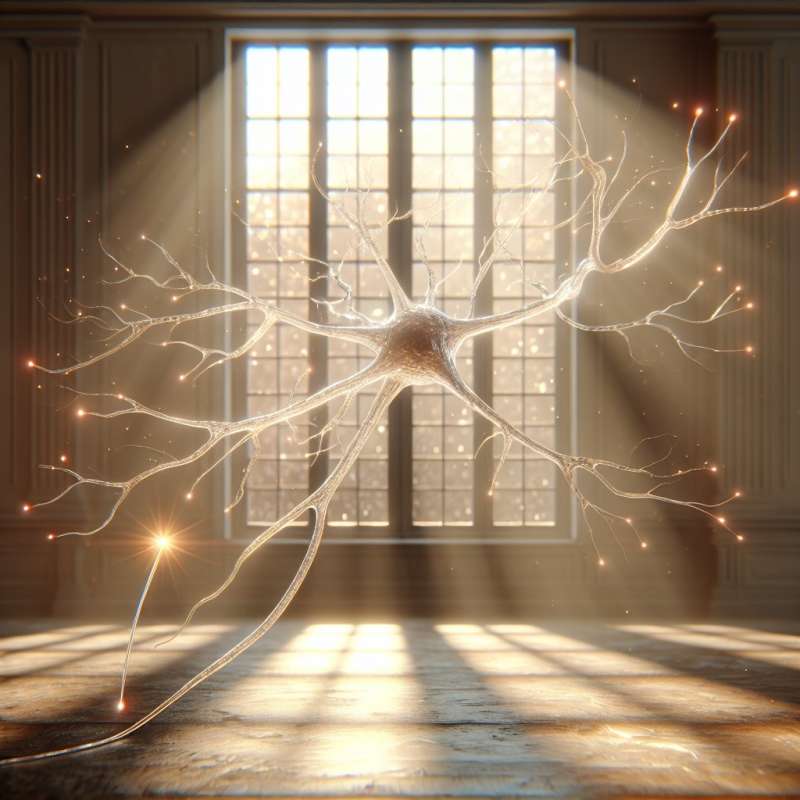
Nerve Impulse Introduction
Nerve impulses are electrical signals that carry information along neurons. These bioelectrical signals facilitate rapid communication throughout the nervous system.
Neuron Structure Essentials
Neurons have specialized structures: dendrites receive signals, the soma processes them, and the axon transmits impulses away towards synapses.
Action Potential Process
An impulse starts as an action potential, a sudden change in electrical charge across a neuron's membrane, triggered by a threshold stimulus.
Ion Movement Dynamics
Nerve impulses involve the movement of ions. Sodium-potassium pumps and voltage-gated ion channels orchestrate a choreography of ions for proper signal conduction.
Speed Varies Significantly
Impulse speed is influenced by axon diameter and myelination. Myelinated axons conduct impulses faster, through saltatory conduction, jumping between nodes of Ranvier.
Neurotransmitters' Key Role
At synapses, impulses trigger neurotransmitter release, converting electrical signals into chemical messages, which then stimulate the next neuron.
Unconventional Signal Conduction
Some neurons transmit signals unidirectionally, while others have bidirectional flow. Certain types even transmit impulses via gap junctions, allowing for faster communication.Incredible Nerve Speed
Some nerve impulses travel faster than a Formula 1 car, reaching speeds of up to 120 meters per second.
What initiates a nerve impulse?
Axon terminal release
Threshold stimulus action potential
Dendrites processing signals
Company